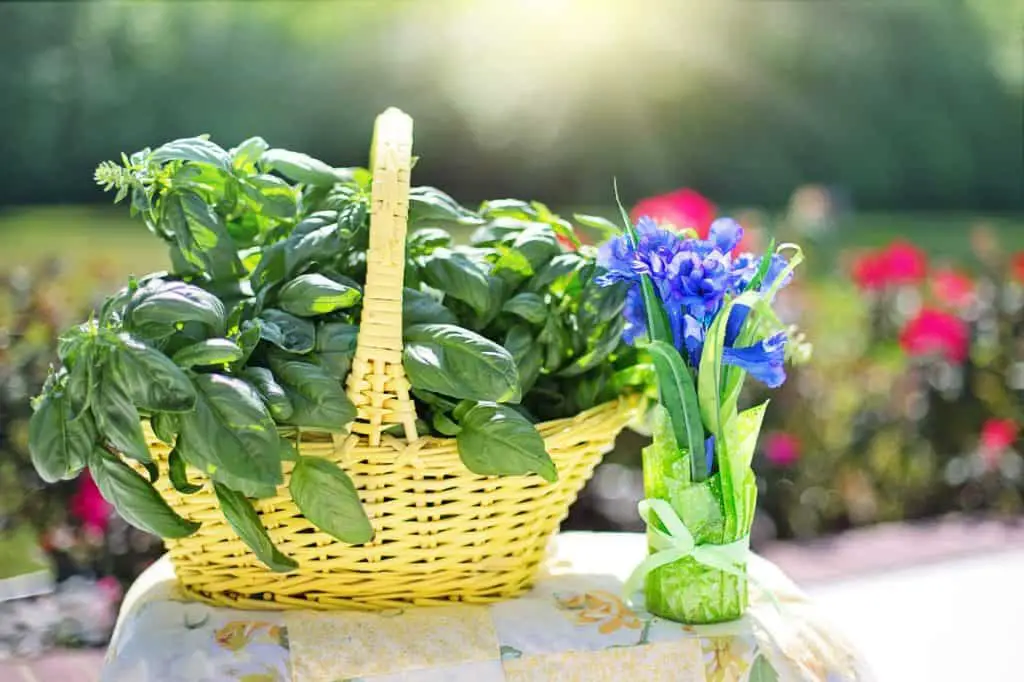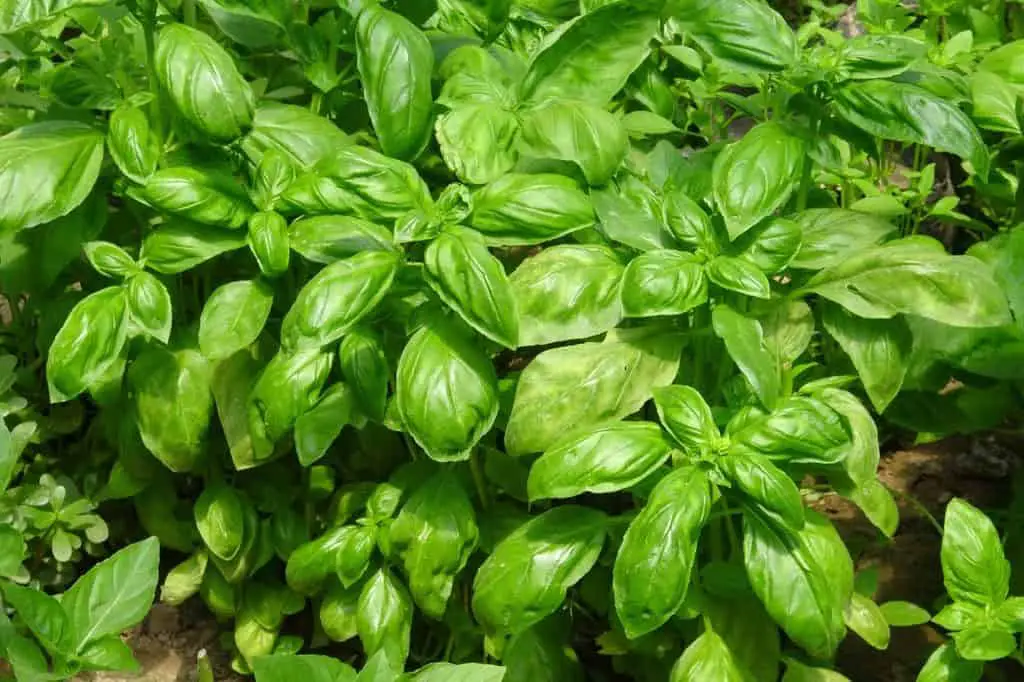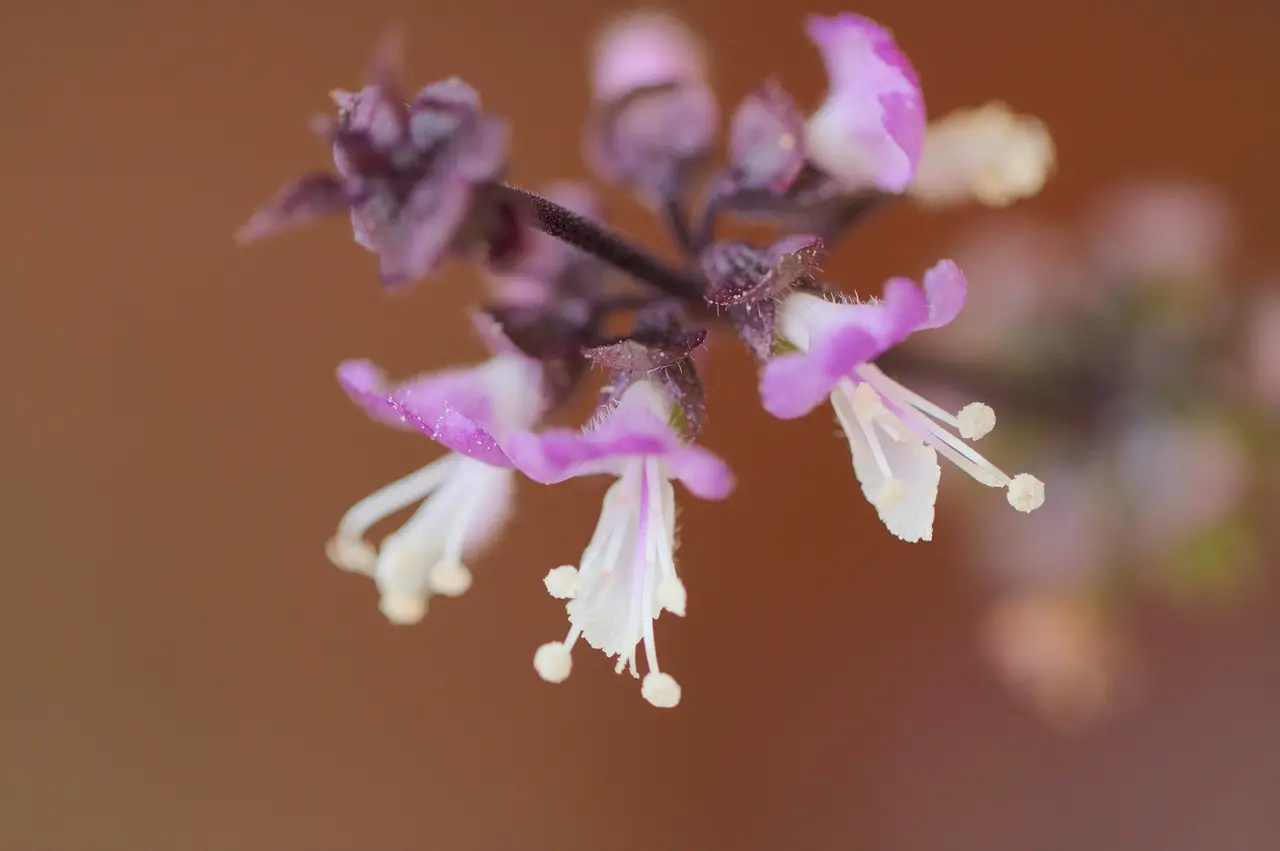
This post explores if basil is considered bad once it turns brown, and unfortunately, it is. Browning can occur after picking when leaves sit too long and begin to wilt, or it could result from insect damage to your plant. However, there are preventive measures you can take to extend the freshness of harvested leaves and protect your plants from future insect infestations.
Is Basil Bad When It Turns Brown
When basil turns brown, whether after picking or while still on the plant, it’s often unsuitable for consumption. Poor storage is a common cause of browning after harvest; ideally, basil should be stored in an airtight container with paper to absorb excess moisture, extending its freshness up to two weeks, albeit with diminished flavor. On the plant, browning is frequently due to insect damage. Removing affected leaves and ensuring a healthy growing environment, including soil rich in beneficial bacteria and proper watering, can prevent further issues and promote plant health.
What To Do With Basil Turning Brown
To recap the points discussed in this article, basil is susceptible to insect damage, leading to browning leaves. However, with proper care and conditions, such issues can be minimized. Equally crucial is the storage of harvested basil; it should be kept in an airtight container with paper to absorb moisture. Excessive humidity can significantly reduce its shelf life. Proper management and storage techniques are key to maintaining the basil’s quality and longevity.
Can You Eat Basil If It’s Brown
Eating brown basil is generally not recommended. While browning doesn’t necessarily mean the basil is harmful, it indicates degradation, potentially affecting flavor and nutritional value. Brown basil can result from over-maturity, poor storage, or pest damage. While not toxic, the diminished taste and aroma may not be desirable in culinary uses. If the browning is minimal and the leaves appear otherwise healthy, they might still be usable after removing the affected parts, but it’s best to use fresh, green basil for optimal flavor.

Why Does Basil Turn Black
Basil turns black due to several factors, including fungal infections like basil downy mildew, exposure to cold temperatures, or overwatering leading to root rot. These conditions disrupt the plant’s healthy growth, causing the leaves to darken and decay. Fungal diseases thrive in moist, humid environments, while cold stress damages the plant’s cells. Ensuring proper drainage, avoiding overhead watering, and protecting basil from cold drafts can help prevent blackening and maintain the plant’s health and vigor.
How To Treat Black Spots On Basil Leaves
To treat black spots on basil leaves, start by removing affected foliage to prevent spread. Ensure good air circulation and avoid overhead watering to reduce moisture. Apply a fungicide suitable for edible plants or consider natural remedies like neem oil or a baking soda solution. Regularly inspect plants for early signs of disease to maintain healthy growth and protect your basil.
Basil Leaves Turning Black In Fridge
When basil leaves turn black in the fridge, it’s often due to cold damage or excessive moisture. Basil is sensitive to cold temperatures and should be stored slightly above fridge temperature, ideally in a loosely sealed bag with a paper towel to absorb excess moisture. For longer freshness, try storing basil in a glass of water on the counter instead of refrigerating.

